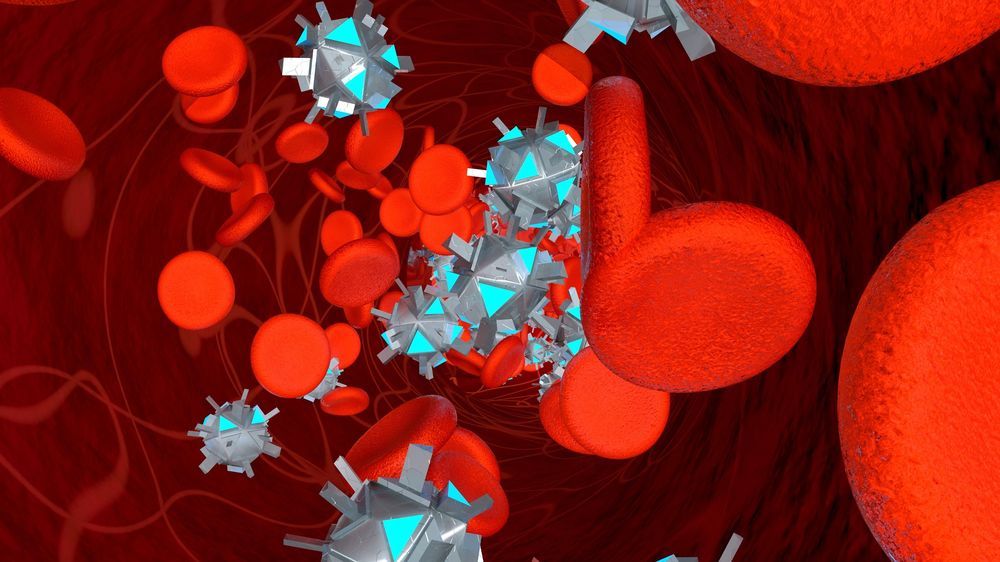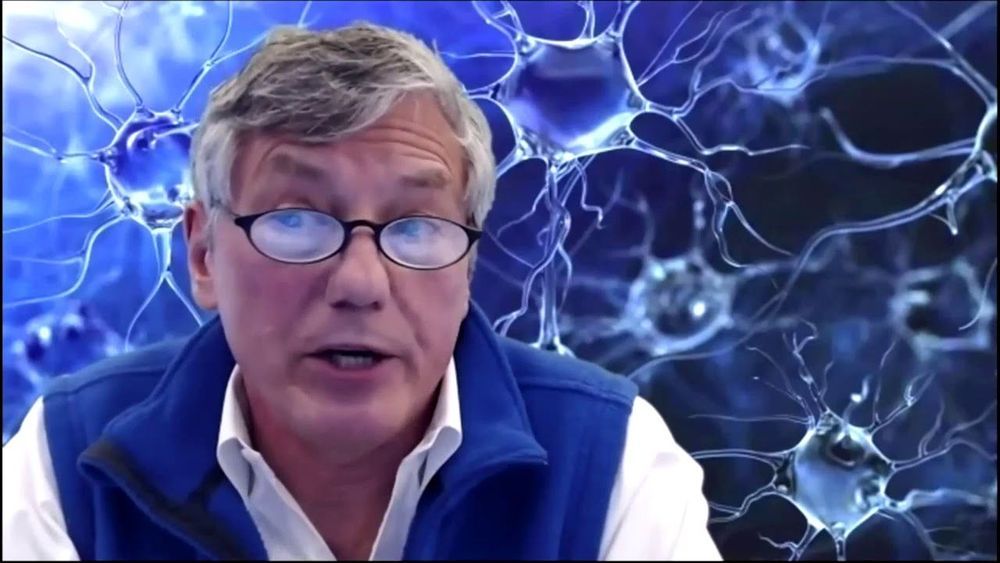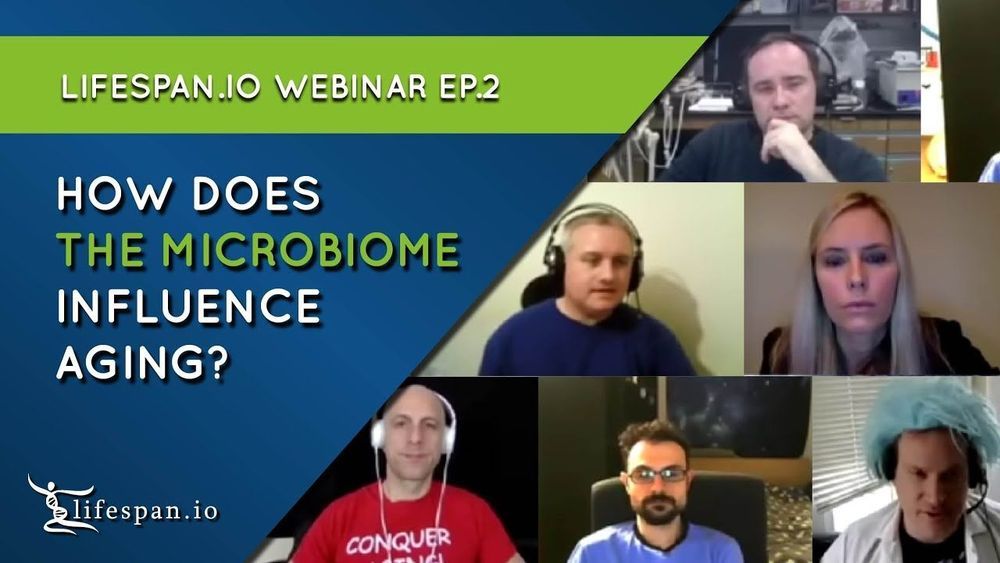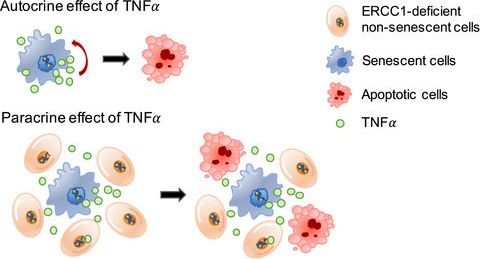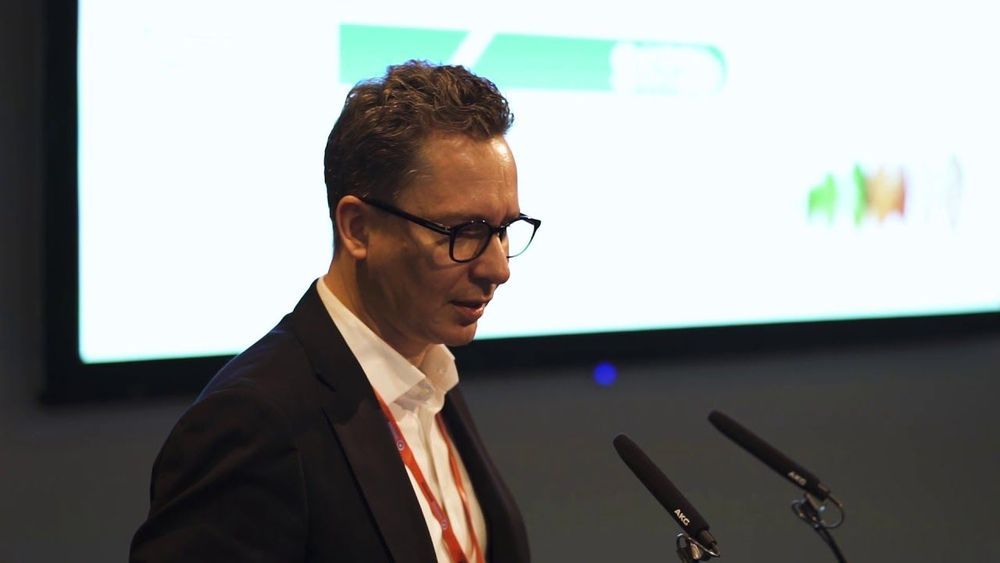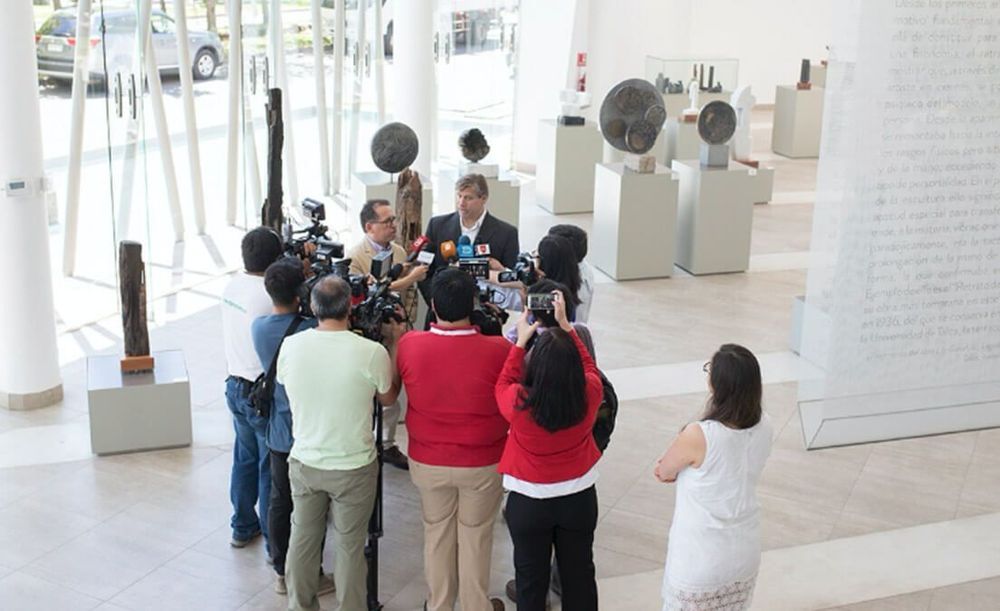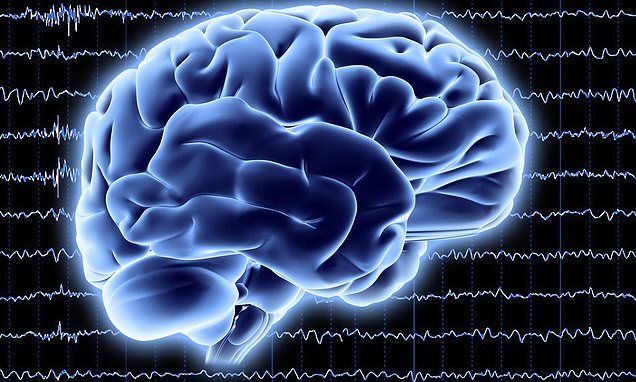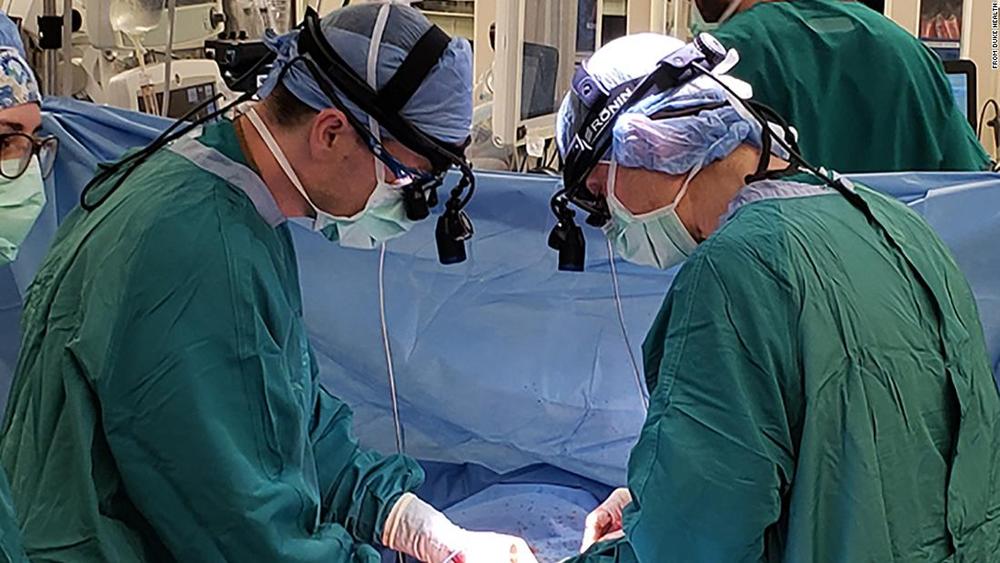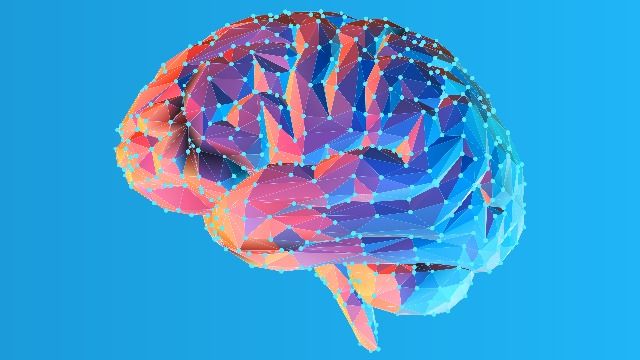NaNotics, in another breakthrough, is promising a new kind of medication, and suggests to have found a way to combat age related diseases; boldly going where no nanotech has gone before.
Lou Hawthorne of NaNotics, LLC opened his presentation at a recent longevity investor event using a clip from Star Trek that shows captain Kirk being giving a shot that restores him to his younger years.
“It’s tempting to assume it’s a drug, but what if the content of that syringe was something new?” NaNotics’ CEO Hawthorne asked. “NaNots are a new class of medicine. They are engineered to do just one thing and that’s the holy grail of medicine design, because most drugs do two things: something you want them to do, and something you don’t. In other words, side effects.”
